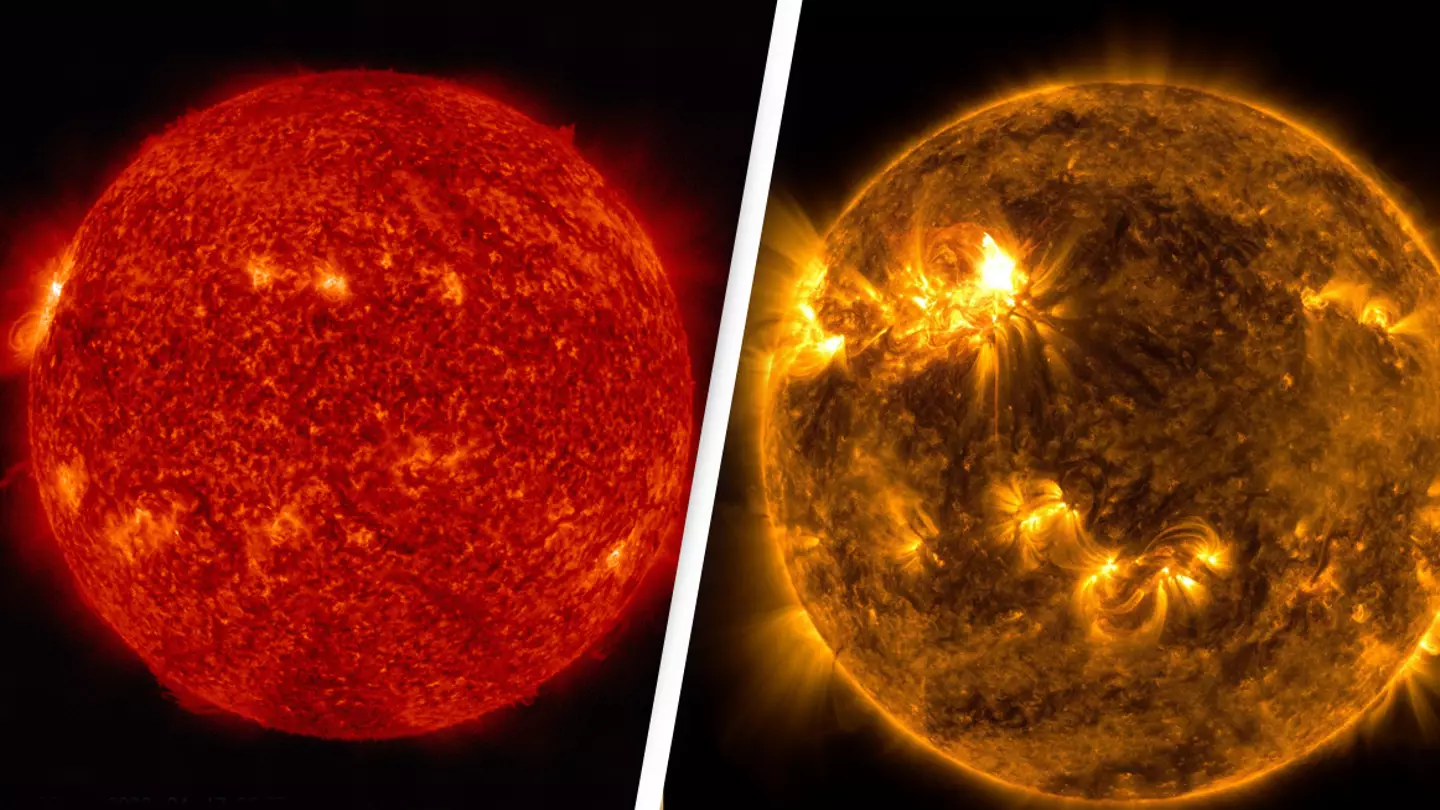
Scientists have issued a major warning after the Sun threw out the strongest solar flare recorded for years.
The Independent reported that this strong solar flare is part of a period of increasing activity from our star which could impact planet Earth in the future.
It was spotted on the evening of April 20 and follows another recent solar flare on April 16.
Advert
This strong solar flare, the strongest in the current solar cycle, did not do significant damage to the planet and only briefly caused a radio blackout in some parts of Asia.
We may have been lucky in this case as the flare came from the far edge of the Sun and therefore missed Earth, a closer flare may have done more damage.
The Sun works in 11 year periods of activity known as solar cycles where the star's magnetic field flips completely. The current cycle began in 2019 and will reach a peak in 2025.
Advert
Solar flares can even impact radio communications or in extreme cases affect the electrical grid, they also pose a danger to satellites and other space installations.
According to Newsweek, our Sun is far more active than it should be at this point in the solar cycle
Professor Matthew Owens of the University of Reading said the number of sunspots recorded were higher than official forecasts expected but luckily may not be too much to worry about.
He said: 'The observations of sunspot numbers are certainly tracking higher than the official forecasts.
Advert
'I think at least some of this is from getting the timing of the cycle start wrong. If you push the official forecast back 6 months - which is not an unreasonable thing to do, as the forecast was focussed on magnitude, rather than timing - it agrees pretty well.'
Professor Robert von Fay-Siebenburgen of the University of Sheffield warned that a world increasingly reliant on technology was one more vulnerable to larger disruptive solar flares and more solar activity.
He said: 'This might not have been a problem 100 years ago, he said, when humanity wasn't relying on electrical technology so much.
Advert
'Today it is another story. These days, even a coffee maker - at least a more expensive one - does have a chip in it.
'I think we really should be careful and prepare ourselves for the next solar cycle because I think the more we rely on technology the more vulnerable we are to these sunspots.'
Solar flares are given a number to note their intensity, with a higher figure meaning a more intense flare.
This most recent flare, strongest measured since 2017, was given a rating of X2.2, whereas the strongest solar flare on record was from 2003 and rated X28.
Advert
If you have a story you want to tell, send it to UNILAD via [email protected]
